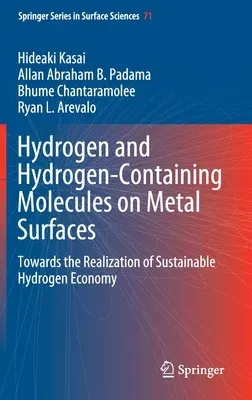Hideaki Kasai
(Author)Hydrogen and Hydrogen-Containing Molecules on Metal Surfaces: Towards the Realization of Sustainable Hydrogen Economy (2020)Hardcover - 2020, 2 August 2020

Qty
1
Turbo
Ships in 2 - 3 days
In Stock
Free Delivery
Cash on Delivery
15 Days
Free Returns
Secure Checkout

Part of Series
Springer Surface Sciences
Print Length
151 pages
Language
English
Publisher
Springer
Date Published
2 Aug 2020
ISBN-10
9811569932
ISBN-13
9789811569937
Description
Product Details
Book Edition:
2020
Book Format:
Hardcover
Country of Origin:
NL
Date Published:
2 August 2020
Dimensions:
23.39 x
15.6 x
1.12 cm
ISBN-10:
9811569932
ISBN-13:
9789811569937
Language:
English
Location:
Singapore
Pages:
151
Publisher:
Series:
Weight:
412.77 gm